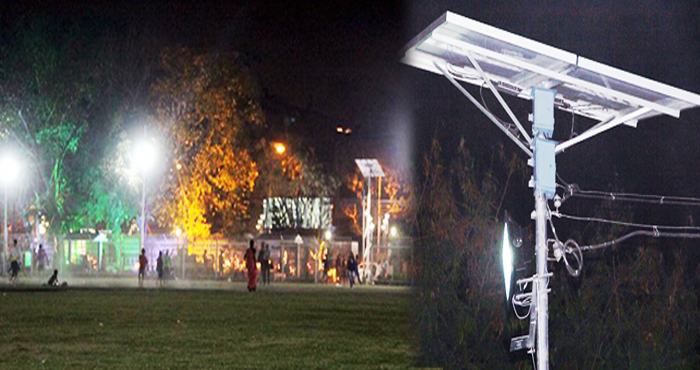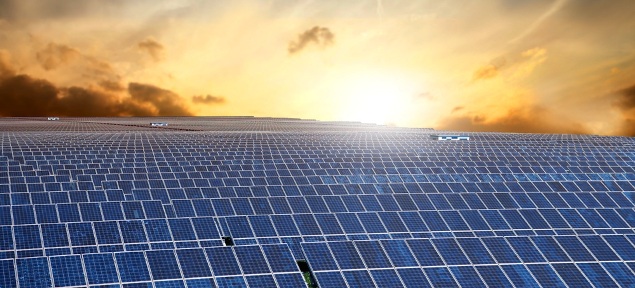Kolkata is set to be lit up by the sun after dusk after a successful three-month pilot project at Deshapriya Park boosted the confidence of Kolkata Municipal Corporation (KMC) authorities and plans are being made to install solar panels in street lights across the city and connect them to the main conventional power grid that runs Kolkata and its suburbs.
Clean and green power
The exercise, once complete, will reduce the dependence on electricity to a great extent and also help people breathe better quality air — with lesser amounts of the deadly carbon emissions. Above all, the initiative will help the cash-strapped KMC to save crores of rupees.
The changeover will be equivalent to planting around 600 fully grown trees within the city at one go, or stop adding nearly 7,000 kilos of carbon dioxide every hour to the air we breathe. Carbon dioxide, a green house gas, is one of the major reasons behind global warming.
Solar Pilot Project
The pilot project involved 50 solar panels — installed on street lamps at Deshapriya Park in South Kolkata three months ago. It was a first of its kind experiment in India where grid-connected street lamps were using solar panels to light up roads. All solar street lighting systems that are there in the country, including in Kolkata, are battery-operated and have no connection to the grid, unlike the new system. As far as installing solar panels in street lamps across the city is concerned, a concept note has been prepared and discussions are on..
The note has been prepared by experts of KMC, CESC and a private body, which is approved by the Union government and was awarded the Green Oscar in 2004.
The project was launched in February with funds from the Housing and Urban Development Corporation Limited. The street lights were fitted with ‘intelligent controllers’ which help the LED light to use only that much power that has been generated throughout the day or less than that. The surplus, if any, will be routed to the conventional power grid and a record of the amount of power transferred would be kept for future reference.
Alternative sources of energy
A bright sunny day in May is expected to generate 1 kilowatt of electricity. The ‘intelligent controller’ will ensure that the LED bulb uses a maximum of 1 kilowatt or less, with the extra power being sent to the grid.
On a cloudy day, when there is less sunlight, the street lamp can draw power from the grid, because it had deposited the extra power it generated to the grid on a sunny day. In other words, it will be somewhat like a bank account: You can withdraw only as much as you deposit.
Street lights in Kolkata consume around 10 MW of electricity every hour. As this power comes from the burning of coal in our thermal power plants, at least 7,000 kilos of carbon dioxide are emitted to the atmosphere every hour to light up Kolkata. If the power is shifted to solar, this can be stopped to a great extent, if not entirely.


